Aquarium water treatment
The Importance of Water Treatment in Aquariums
Aquarium water treatment is essential for maintaining a healthy environment for both fish and plants. Proper water care ensures that harmful chemicals are removed, and the water is safe for aquatic life. Aquariums can easily become breeding grounds for harmful toxins, so maintaining clean water is one of the most crucial aspects of aquarium care.
An effective water treatment system is necessary to remove toxins like ammonia and nitrites, which can accumulate over time. Without regular water treatment and monitoring, your aquarium can quickly become an unhealthy environment, leading to fish stress and poor plant growth. Understanding the process of aquarium water care will help you maintain a thriving tank.
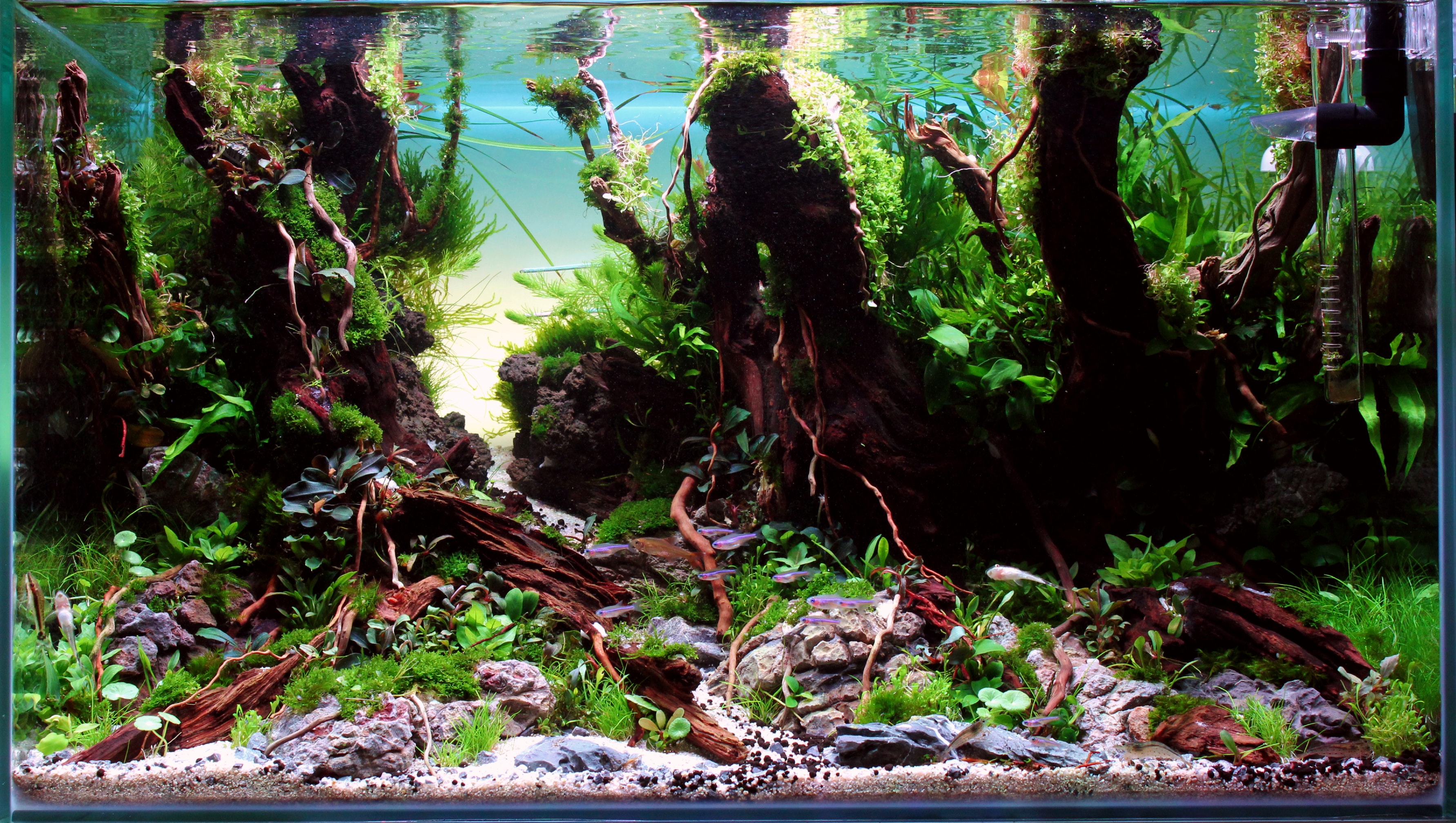
Understanding Aquarium Water Chemistry
To ensure a healthy aquarium, it’s important to understand the water chemistry, including parameters like pH, hardness, and alkalinity. These factors influence the overall health of both fish and plants in the tank. For example, water that is too acidic or alkaline can stress fish and affect their immune systems. Regularly testing the water will give you a clearer picture of how to adjust these parameters to the ideal levels.
The best aquarium water treatments are those that can help adjust these factors in a safe way, promoting the well-being of aquatic life. For example, adding buffers can help stabilise pH levels, and using mineral supplements can help increase hardness if needed. Properly balanced water chemistry helps prevent many common aquarium issues, such as disease outbreaks or poor plant growth.
Common Water Contaminants and Their Effects
In any fish tank, contaminants can build up over time, leading to poor water quality. Ammonia, nitrites, and nitrates are the most common pollutants found in aquarium water. Water treatment for fish tank is vital to keep these toxins under control. High levels of ammonia and nitrites are harmful to fish and can lead to death if not addressed quickly. Regular filtration and chemical treatments are essential for maintaining a safe environment.
As water treatment for fish is crucial, keeping track of water contaminants is necessary. An increase in nitrate levels often leads to algae growth, while high ammonia levels can severely damage gills and organs in fish. Using effective treatments like biological filtration and specific chemical additives can prevent and remove these harmful substances, ensuring the long-term health of your aquarium.
Water Filtration Systems: The First Line of Defense
A good filtration system is the cornerstone of any healthy aquarium. Filters work by removing debris, harmful bacteria, and excess nutrients that could contribute to poor water quality. There are three main types of filtration: mechanical, biological, and chemical. Each plays a key role in keeping the water clean and safe for your fish and plants.
Choosing the best aquarium water treatments often involves using a filtration system that suits the size and needs of your tank. An effective filter ensures that water is continuously cleaned, removing waste and other contaminants. Additionally, aquarium water care includes regular maintenance of your filter, such as cleaning and replacing filter media, to keep your filtration system running at its best.
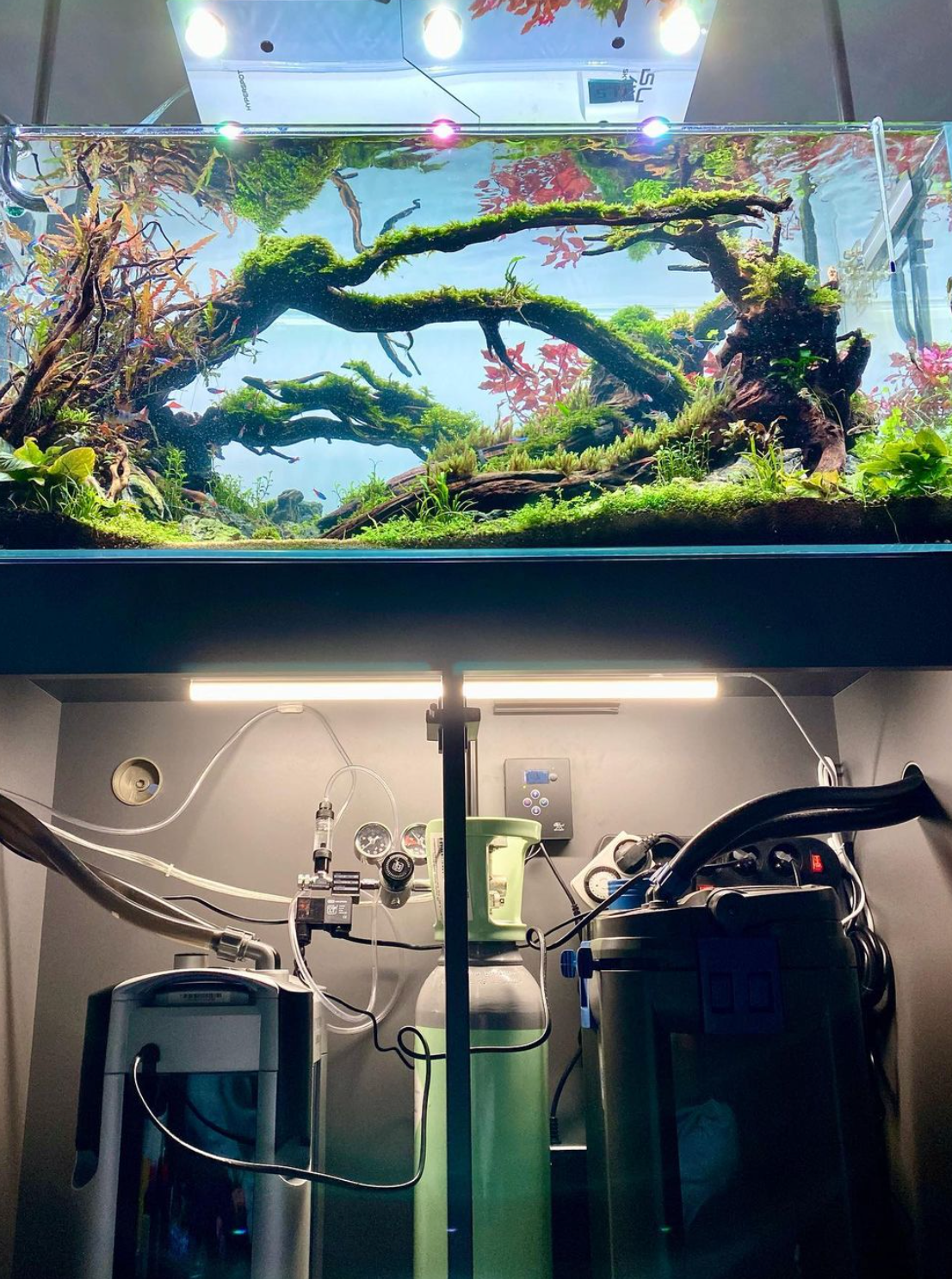
Chemical Water Treatments: When and How to Use Them
When setting up and maintaining an aquarium, it's important to use water conditioners to treat tap water before introducing it to the tank. Tap water often contains harmful substances such as chlorine, chloramines, and heavy metals, which can be toxic to fish and other aquatic life. A water conditioner can neutralize these contaminants, ensuring the water is safe for your fish. Without treating tap water, these toxins could lead to stressed fish, poor water quality, and potential health issues.
It's also crucial to monitor the pH of the water, as unconditioned tap water may have fluctuating acidity that can harm your fish. Some conditioners are designed to help stabilize pH levels and keep the aquarium environment consistent. If tap water contains heavy metals, these can accumulate over time, causing long-term damage to your aquarium’s ecosystem. Regular use of a water conditioner helps manage these risks, ensuring your tank remains safe and balanced.
Maintaining Clean Water: The Role of Filtration and Regular Maintenance
Filtration is essential for keeping your aquarium clean and removing unwanted chemicals from the water. Filters work to eliminate particles, bacteria, and organic waste that can cloud the water. When tap water is introduced, it’s important to install the appropriate equipment to filter out impurities. Even though filtration does a great job, regular water changes are still necessary to maintain good water quality. These changes help to replenish lost minerals and remove any remaining contaminants from the tap water.
When performing a water change, it’s essential to treat tap water with a water conditioner to neutralize chlorine and chloramines that may still be present. Additionally, the temperature of the water should be carefully monitored and adjusted to match the tank’s environment to avoid shocking the fish. Without proper filtration and conditioning, tap water can introduce heavy metals and other harmful substances, which negatively affect your aquarium’s ecosystem and fish health. Always ensure the filter and equipment are in good condition and regularly cleaned to keep your aquarium's water clean.
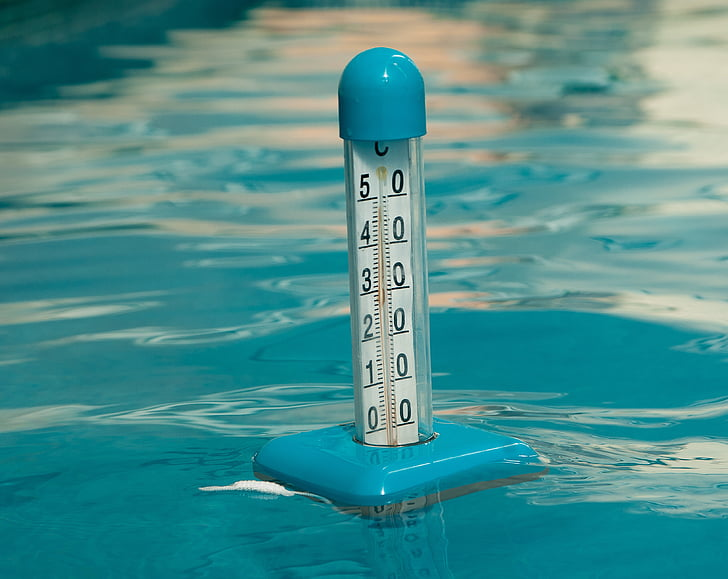
Regular Water Changes: Maintaining Optimal Water Conditions
Regular water changes are crucial in maintaining a healthy aquarium environment. Even with a good filtration system in place, contaminants such as chlorine, heavy metals, and organic waste can build up over time in tap water. Changing the water helps remove these contaminants and ensures the water remains fresh for your fish. A water conditioner should always be used when adding tap water to your aquarium, as it neutralizes harmful substances like chlorine and chloramines, which can harm fish and plants.
The frequency of water changes depends on the size of the aquarium and the number of fish. Typically, changing 10-20% of the water every week or two is ideal for maintaining a healthy balance. Tap water may contain fluctuating levels of pH, so conditioning it helps keep the levels stable. Additionally, water changes support the removal of excess nutrients that could lead to algae growth or bacterial imbalances, promoting a cleaner and healthier environment for all aquatic life.
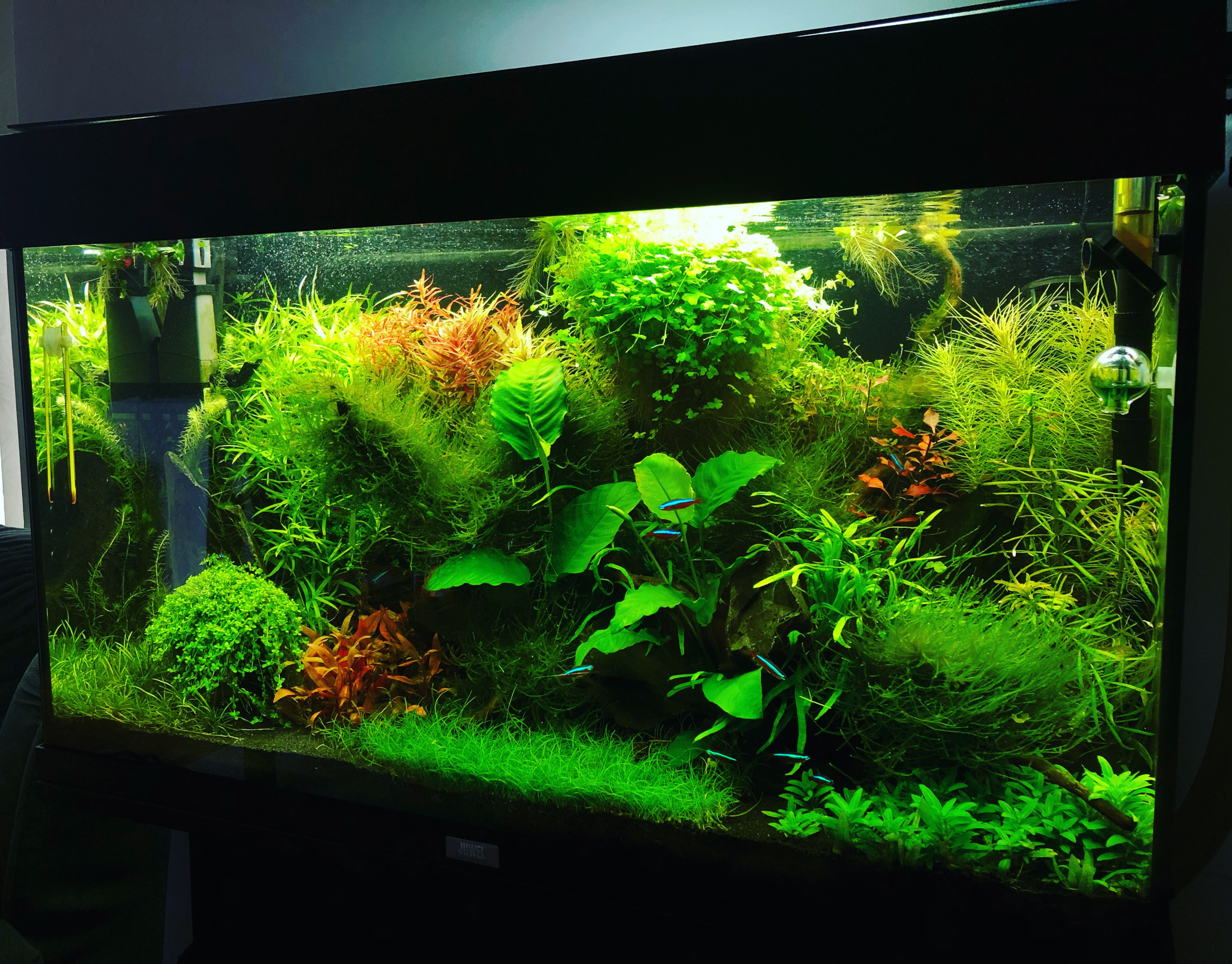
Monitoring Water Quality: Essential Tools and Techniques
Keeping your aquarium water in optimal condition requires regular monitoring of several key parameters. pH, temperature, ammonia levels, and chlorine concentrations must be checked regularly to ensure they fall within safe ranges for your fish. Tap water can sometimes introduce unwanted chemicals, such as heavy metals or chlorine, that may not be immediately noticeable but can harm your aquatic life over time. Using an aquarium testing kit will help you stay on top of any imbalances in water quality.
A water conditioner should be used every time tap water is added to the aquarium, especially to neutralize chlorineand ensure that heavy metals are safely removed. If you notice any sudden changes in your fish’s behavior or the aquariumenvironment, it may be a sign that the water quality has been compromised. Keeping track of water parameters and using the right equipment can help prevent issues before they arise, maintaining a stable and healthy aquatic ecosystem for your fish.
Conclusion: Best Practices for Aquarium Water Treatment
Maintaining the water quality of your aquarium is a vital part of ensuring the health and well-being of your fish. By understanding the importance of treating tap water, using the right water conditioner, and regularly checking water parameters, you can avoid many common water issues. Routine water changes are crucial to keeping toxins like chlorine, heavy metals, and excess nutrients under control. Additionally, consistent maintenance of equipment such as filters and heaters ensures that the water remains in top condition.
To summarize, water treatment for fish tank owners involves a combination of regular water changes, appropriate water conditioners, and careful monitoring of water quality. Ensuring the pH, temperature, and absence of bacteria or contaminants is crucial for maintaining a thriving aquatic ecosystem. By using the proper water treatment techniques, your aquarium will provide a healthy environment for your fish, promoting both their physical and psychological well-being.
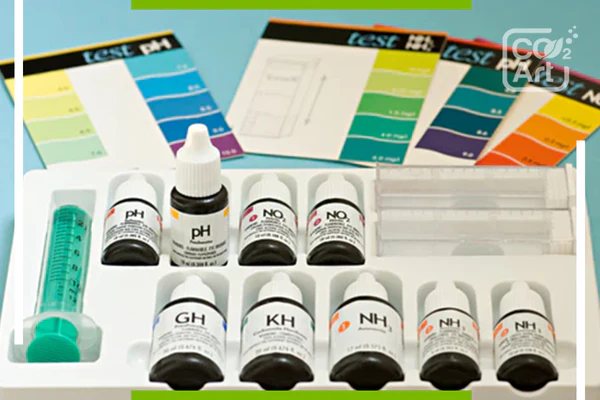
Any questions? Our Support Team is always ready to answer them! Contact us directly via support@co2art.us!




